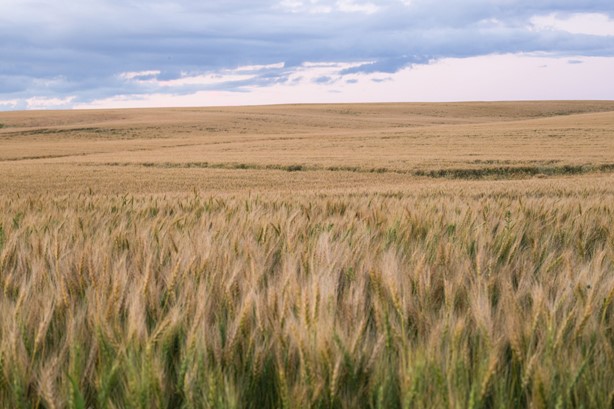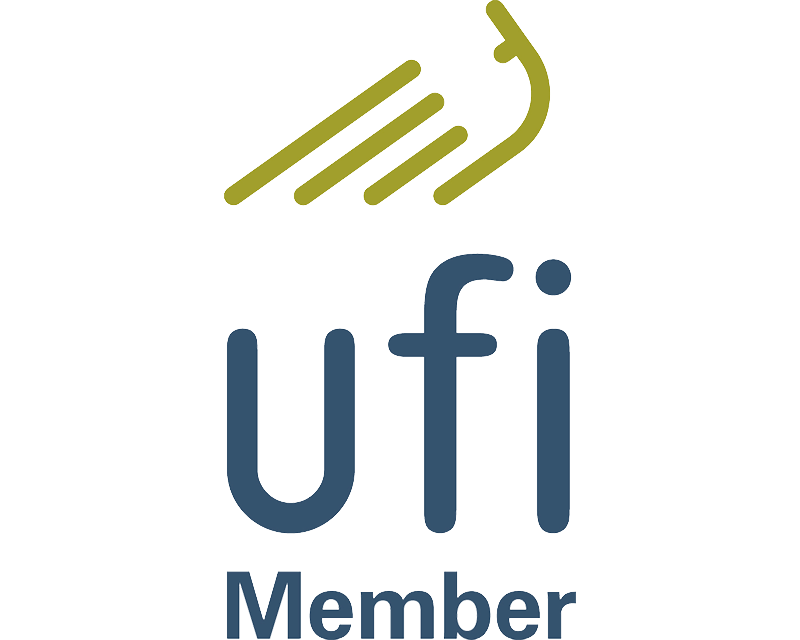Saving... Please wait..!
Alberta Carbon Trunk Line: Carbon Emissions Transportation for a Cleaner Alberta
Alberta Carbon Trunk Line: Carbon Emissions Transportation for a Cleaner Alberta

The ACTL Project (Alberta Carbon Truck Line) is a 240-kilometre pipeline that is able to transport up to 14.6 million tonnes per year of CO2, or approximately 20% of all current oil sands emissions. Once transported, that captured carbon is pumped back into mature oil and gas reservoirs to be used in oil recovery and permanent storage. This will allow access to an additional 1 billion barrels of high quality light crude oil using CO2 EOR that would otherwise be left in the ground, allowing for sustainable oil production amid tightening environmental standards.
The CO2 is captured at the North West Redwater Partnership Sturgeon Refinery and Nutrien’s Redwater Fertilizer Facility and transported to Southern Alberta, possibly generating more than $15bn in royalties for the province.
Candice Paton is the Director of Regulatory Affairs and External Relations with Enhanced Energy and is also recognized as an energy industry influencer. Candice sat down with Rachel Gregory, Digital Host at The Global Energy Show, to discuss the Alberta carbon truck line and carbon value chain advancements.
How does the Alberta Carbon Trunk Line work?
Rachel: Enhance Energy specializes in carbon capture and sequestration in Central Alberta. In June, 2020, the Alberta Carbon Trunk Line (ACTL) became fully functional. Can you tell us more about this large scale CCUS system and the solutions you offer?
Candice: We work with our partner North West Redwater Partnership and Nutrien in the Alberta Industrial Heartland near Edmonton.
They capture carbon emissions from their operations refining and fertilizer production facilities. Then we transport those industrial emissions down this remarkable pipeline called the Alberta Carbon Trunk Line. It's a 240 km pipeline that's specifically built for carbon dioxide. Right now, it’s the world's largest capacity pipeline for CO2 produced by human activity.
When we complete the carbon emissions transportation down to our fields in Clive, we inject them into very old and depleted hydrocarbon reservoirs. When we put CO2 emissions in the ground there, they actually liberate some of the oil that remains, produce that to the surface, and generate low carbon energy.
We also produce an offset credit because all of those carbon emissions that are being put in secure storage in the ground are sequestered permanently.
How do Offset Credits Work?
Rachel: We hear about offset credits often in the news. How does the industry verify offset emission credits and how was Alberta set up to enable huge scale reductions in offset emissions?
Candice: That's one of the things we're most proud of at Enhance Energy. We've been working hand in hand with the Alberta government and the regulator to build what's called an MMV plan: Monitoring, measurement and verification.
We're playing to Alberta's strengths by leveraging what we know about our regulatory system and the oversight that we've built through hundreds of years in our oil and gas industry and using that to look at how we can make sure those carbon emissions are safe, permanent, and stored in our geology in ways that are verifiable.
What an opportunity for Alberta and Canada, because we have such certainty around the permanence of these emissions being stored in our geology, that these offsets are valuable, verifiable, and represent real reductions in emissions.
How Enhance Energy Will Help Canada Reach its Global Climate Targets?
Rachel: Enhance Energy recently celebrated a huge milestone. Would you mind telling us about it?
Candice: We are so proud to celebrate this milestone. We permanently sequestered a million tonnes of CO2 that would have otherwise gone to the atmosphere. It’s a significant contribution to meeting our GHG emissions reductions goals.
We've got the opportunity to grow that to just over 14 million tonnes of captured CO2 a year. Depleted oil and gas reservoirs represent hundreds and hundreds of megatonnes of capacity for CO2 storage and when you add saline aquifers and CCS projects, it's on the order of gigatons of emissions reductions potential for Canada. So I think there's a real opportunity here to support Canada's goals on climate change.
What’s Next for Large-Scale Carbon Capture?
Rachel: What innovation are you seeing in the carbon capture space and why is it such an exciting time to be a part of it?
Candice: It really is such an exciting time to be part of innovation in this space. We're seeing amazing advancements across the whole carbon value chain from capture and conversion advancements to utilization, and sequestration. There are so many different approaches.
What I'm most excited about though is this idea of systems level integration and innovation along with the whole energy system. We know it's important when we talk about energy transition to see multiple energy pathways that can support us in getting to our climate change goals. It's the same thing with carbon emissions and our goals around climate.
Why Energy Partnerships are So Important?
Rachel: Recently, Enhanced Energy and Nautical Energy partnered up on a net zero blue methanol facility in Alberta. Can you tell us how partnerships such as this one are vital as we transition to a low carbon economy?
Candice: I think what's so neat about collaborating with companies like Nautical is that they focus on what they do best, which is producing methanol at a commercial scale and they can partner with us. We focus on what we do best and in doing so, give them a solution to reduce their carbon footprint. And that's really exciting.
It speaks to how, when all parts of the energy industry come together when we integrate those solutions and we collaborate, we've got this.
Rachel: It was so great chatting with you and learning about enhanced energy and the amazing work that you guys are doing in our province and within Canada.
Learn More About the Alberta Trunk Line
The ACTL provides critical CO2 gathering and distribution infrastructure, providing the cost-effective management of CO2 emissions and allowing the important process of upgrading bitumen via gasification at the NWR Sturgeon Refinery. This project provides Alberta with revenue in the form of high purity barrels of light oil, with no additional CO2 production.
If you want to learn more about major energy innovations such as the Alberta Carbon Truck Line, register for the next Global Energy Show.
Alberta Carbon Trunk Line | Carbon Value Chain Advancements | Global Energy Show
Beware of email scams
DMG Events has been informed from several exhibitors are receiving scam emails . Please be aware these offers are fraudulent. These scammers do not have any relationship with DMG Events.In accordance with GDPR, CASL and other jurisdictional data privacy regulations, DMG Events will never sell your data to any third party organisations. Please see our Privacy Policy for more information regarding how DMG Events will process and store your information.





